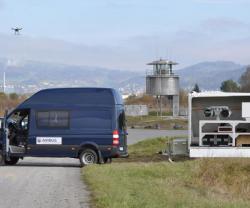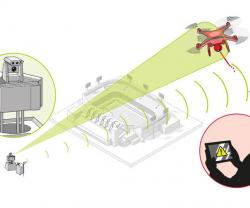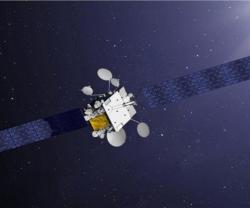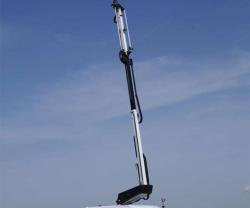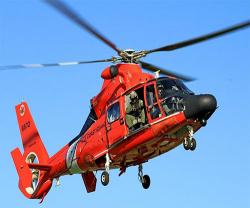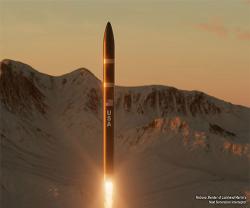Airbus Defence and Space (Airbus DS), the world’s second largest space company, has been awarded a contract by Inmarsat, the leading provider of global mobile satellite communications services, to design and develop the first two Inmarsat-6 (I-6) mobile communications satellites, creating the most versatile mobile services satellites in its fleet.
The two I-6 satellites will be based on Airbus Defence and Space’s ultra-reliable Eurostar platform in its E3000e variant, which exclusively uses electric propulsion for orbit raising. The satellites will take advantage of the reduction in mass that this electric propulsion technology enables for a dual payload mission, with an exceptionally large next generation digitally processed payload.
“This mission for our next generation digitally processed payload represents a step change in capability and capacity. The spacecraft will complement and enhance the L-band services offered by the Airbus Defence and Space-built Inmarsat-4 and Alphasat satellites, and embark a Ka-band mission to augment Inmarsat’s globally available high-speed broadband service - Global Xpress,” said François Auque, Head of Space Systems.
“The Inmarsat-6 constellation confirms our continued commitment to delivering advanced L-band services for decades to come. The new satellites will provide significantly greater L-band capacity and will be capable of supporting a new generation of more advanced L-band services,” said Rupert Pearce, CEO of Inmarsat.
“The Ka-band co-payload adds depth to the breadth of the unique capabilities of our Global Xpress (GX) constellation, which now spans the world,” he added.
I-6 F1 and F2 will carry a large 9m aperture L-band antenna and nine multibeam Ka-band antennas, and feature a high level of flexibility and connectivity. A new generation modular digital processor will provide full routing flexibility over up to 8000 channels and dynamic power allocation to over 200 spot beams in L-band. Ka-band spot beams will be steerable over the full Earth disk, with flexible channel to beam allocation.
The first satellite (I-6 F1) is scheduled for launch in 2020 and its electric propulsion system will enable it to reach geostationary orbit in four to six months, depending on the type of launcher used. It has been designed to remain in service in orbit for more than 15 years.
I-6 F1 is the 50th Eurostar E3000 satellite and the 12th Inmarsat satellite ordered from Airbus Defence and Space. This new contract reinforces Airbus Defence and Space’s position as the world’s number one in electric propulsion satellites, with six full electric high-capacity telecommunications satellites already sold. The investments made by the company in future platform and payload technologies are supported by the European Space Agency and national agencies, in particular the UK Space Agency and CNES.


